Space Technology Hall of Fame
Public Safety
Bubble Detector
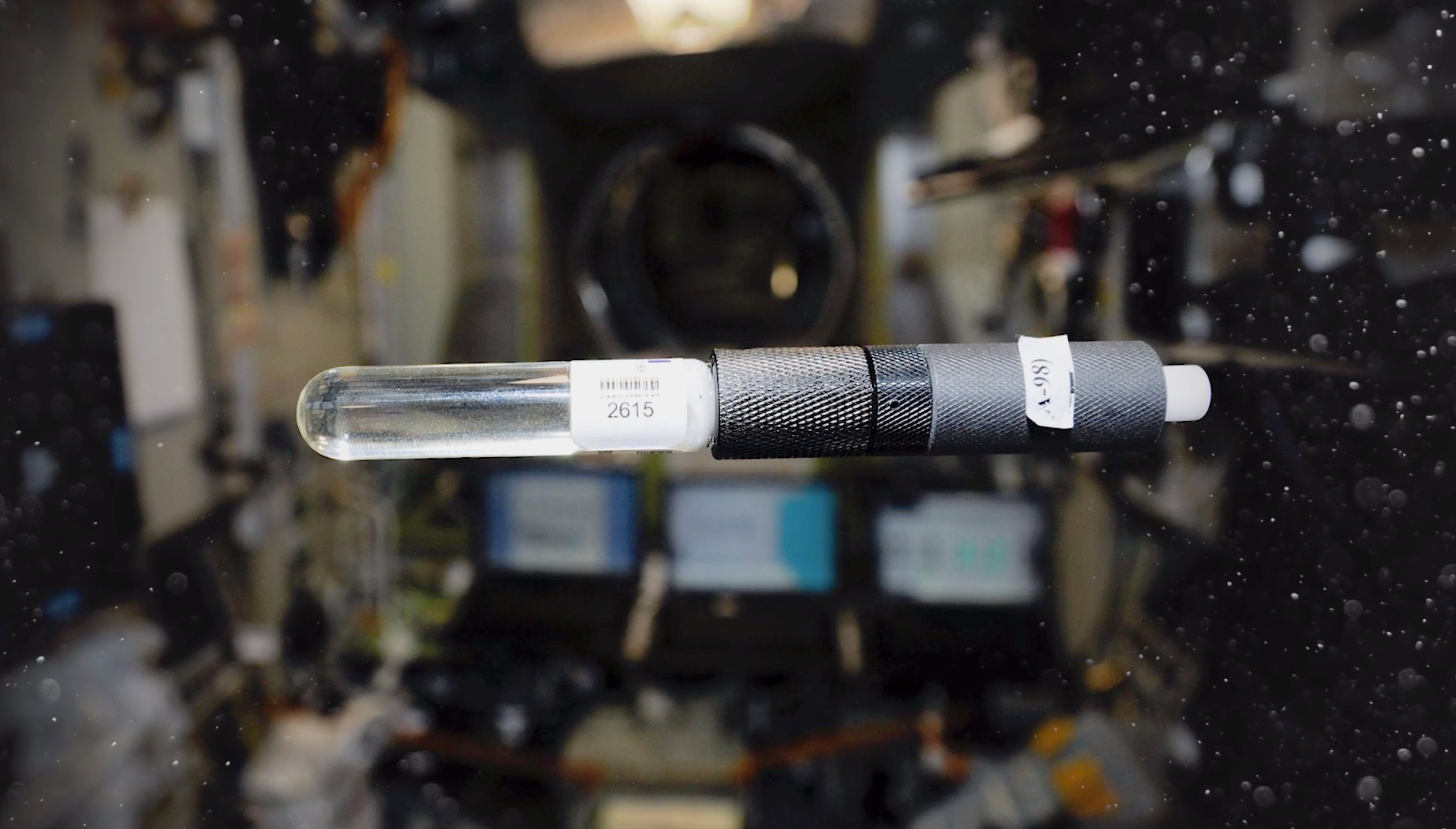
Canada’s Bubble Technology Industries (BTI) created the Bubble Detector to detect and record levels of neutron radiation exposure to humans. The detector is a small vial about the size of your thumb. It is small enough and portable enough to be worn by astronauts while in space. In addition to its space applications, the Bubble…
Improved Firefighter’s Breathing System
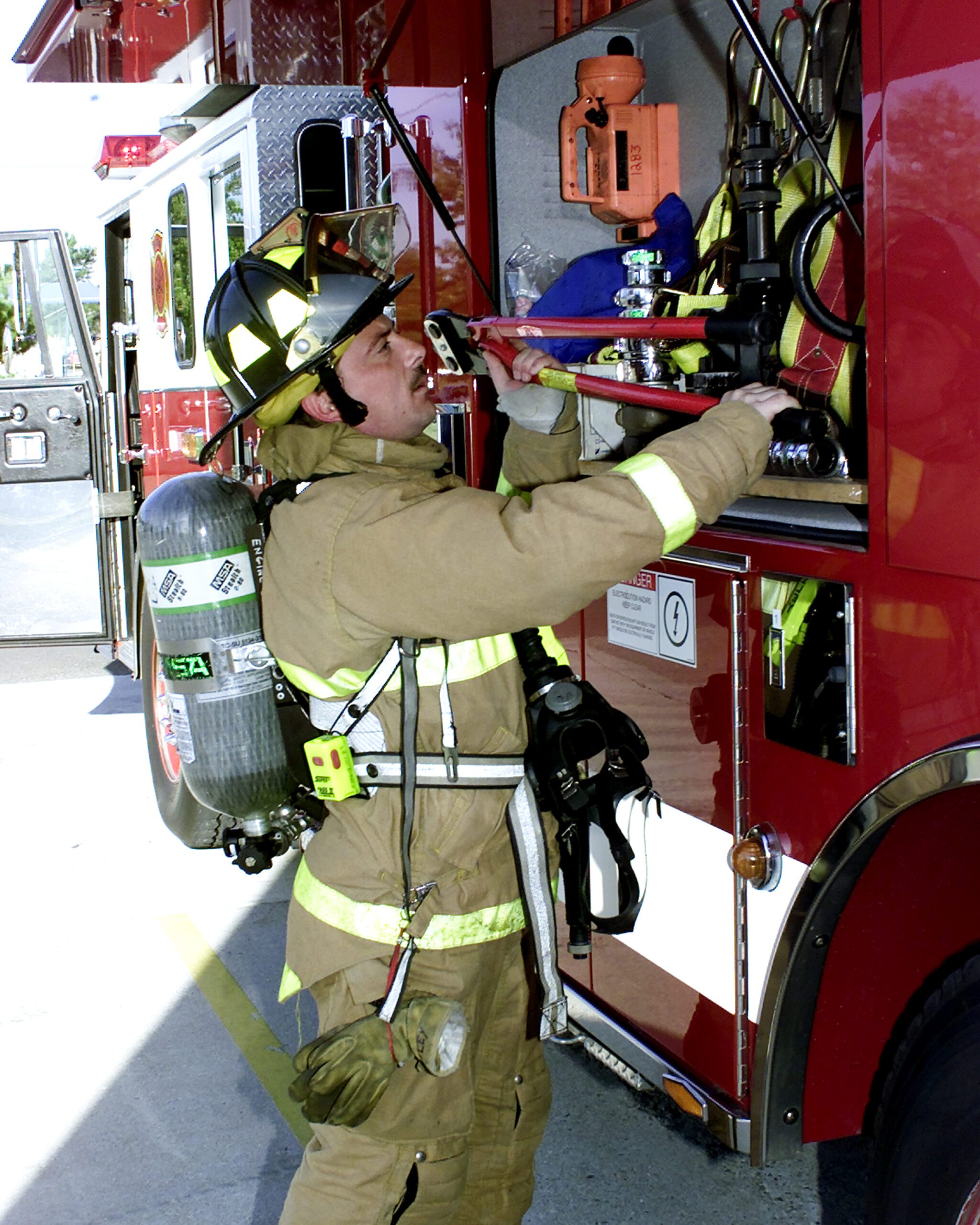
In the early 1970s, the Johnson Space Center (JSC) undertook to adapt and apply technology developed for portable life support used by Apollo astronauts on the moon in a significant effort to improve firefighter breathing systems. This effort was in response to a need expressed by many of the nation’s fire chiefs. What emerged four…
Safety Grooving
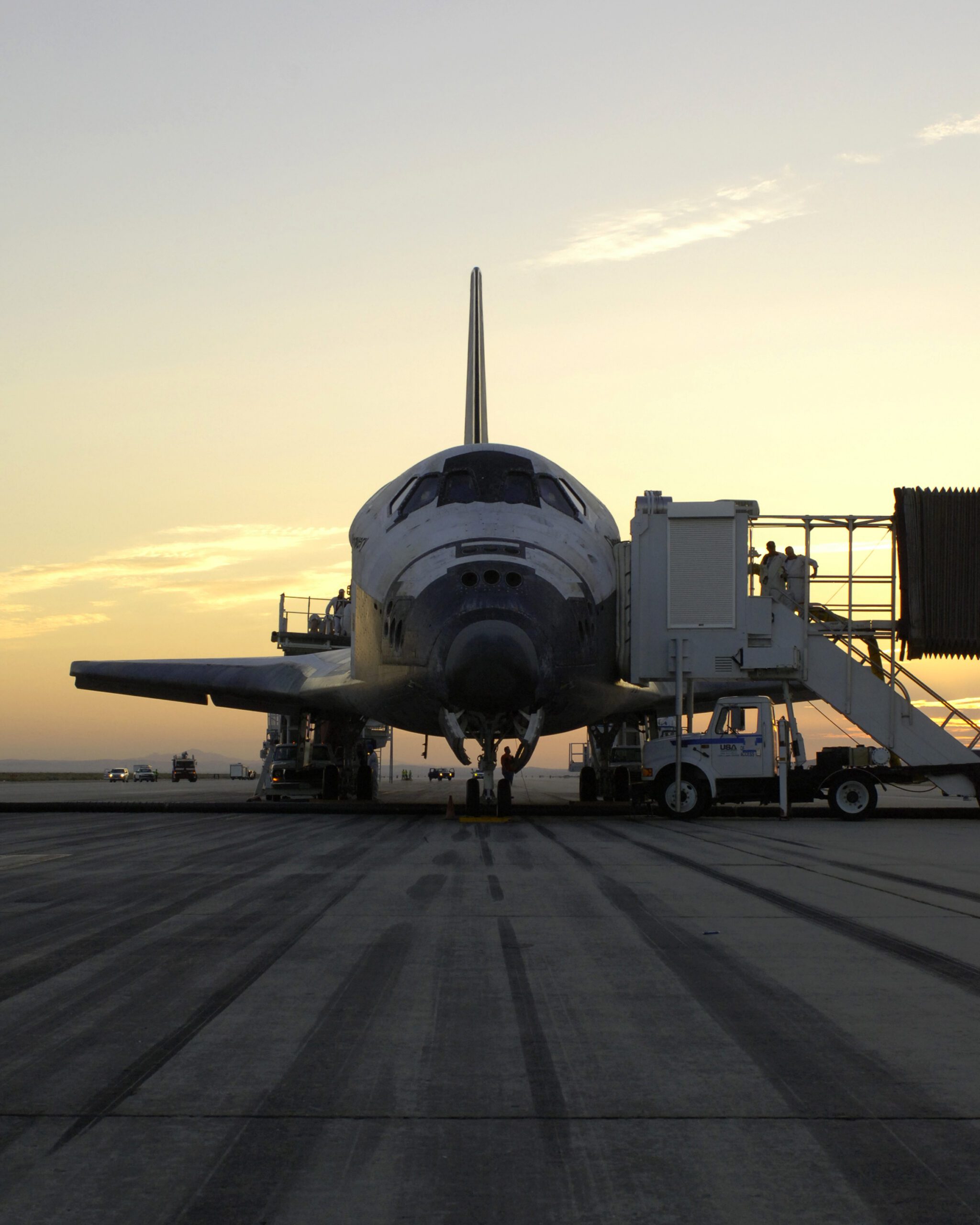
In the 1960s, NASA’s Langley Research Center initiated an extensive research program to develop a method to reduce the incidence of aircraft tire hydroplaning, a condition that occurs during rainstorms when tires rolling or sliding along water-covered pavement are lifted away from the surface by the action of water pressure. Aircraft tire hydroplaning was considered…
Radiant Barrier
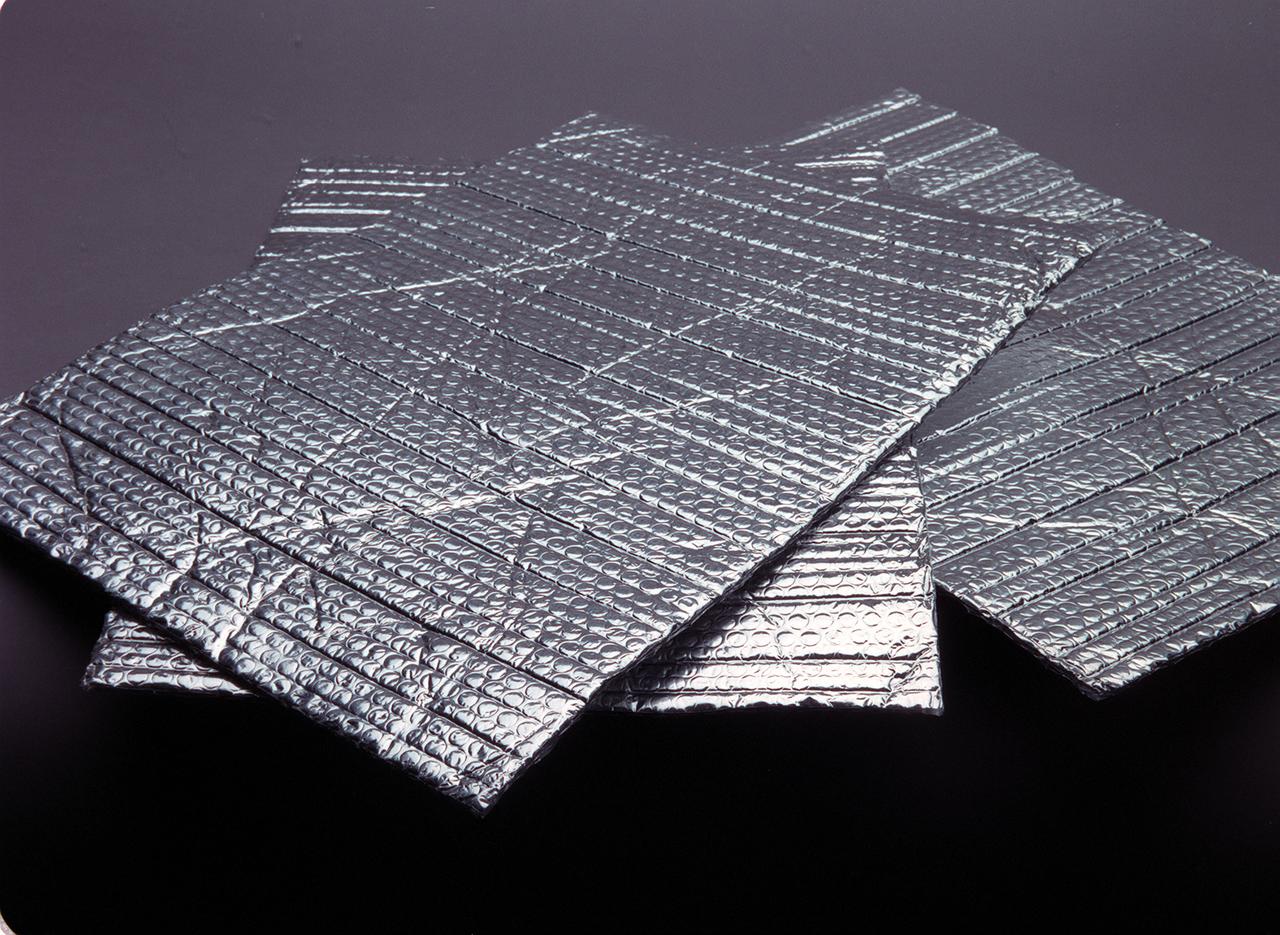
Spacecraft are subject to temperature extremes that range from 400° F above zero to 400° below zero. Protecting astronauts from these extreme temperatures was a prime concern for NASA spacecraft designers. NASA researchers sought after a temperature control technology for the Apollo spacecraft that would provide a barrier which was both lightweight and flexible and…
Fire-Resistant Aircraft Seats
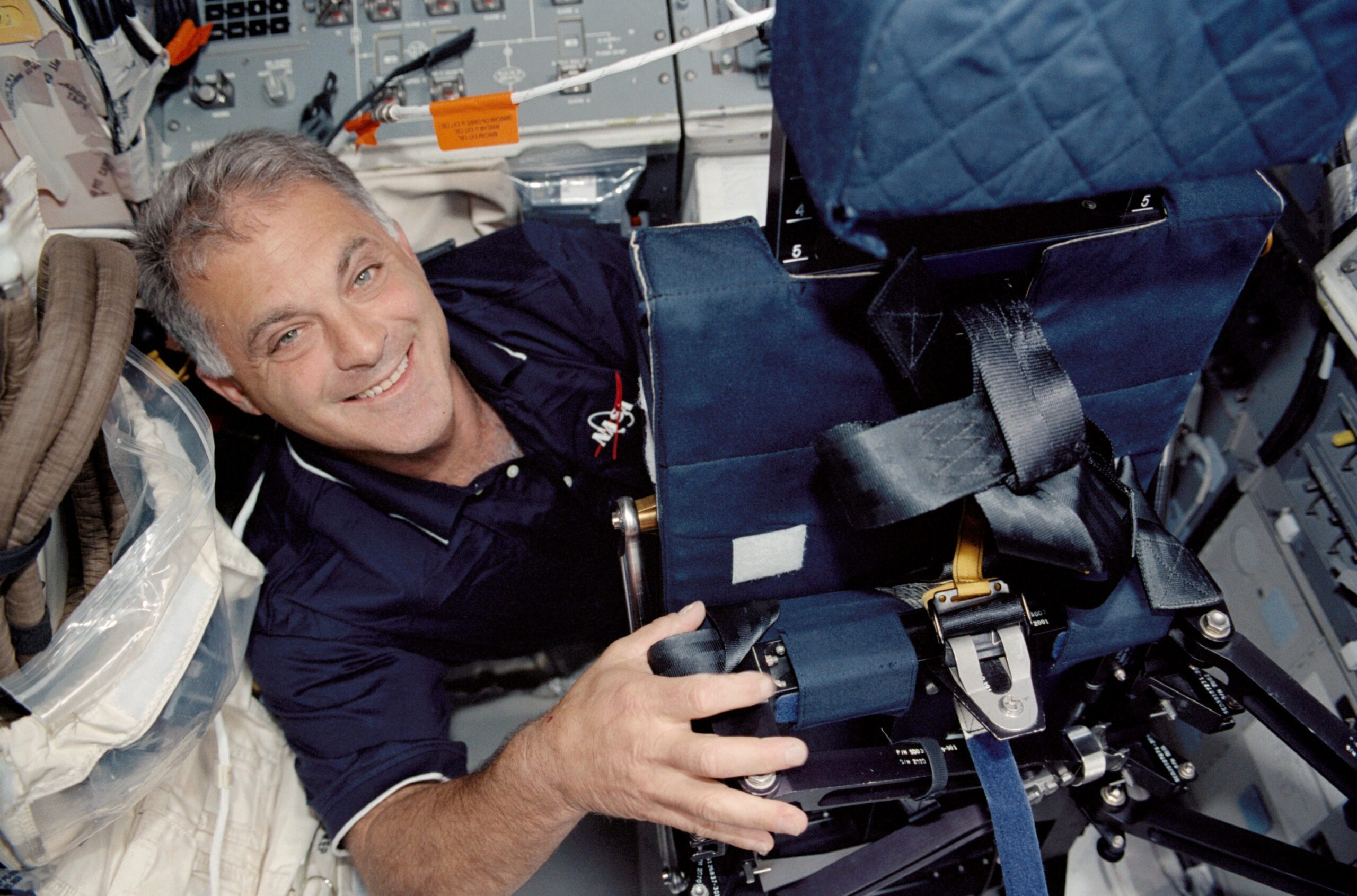
One of the tragedies of the early space program was a fire that occurred in an Apollo module causing the deaths of three astronauts. On investigation of the fire, it was found that some of the materials utilized in the spacecraft, such as polyurethane foam in seats, were highly flammable. NASA initiated an extensive research…
Humanitarian Demining Device
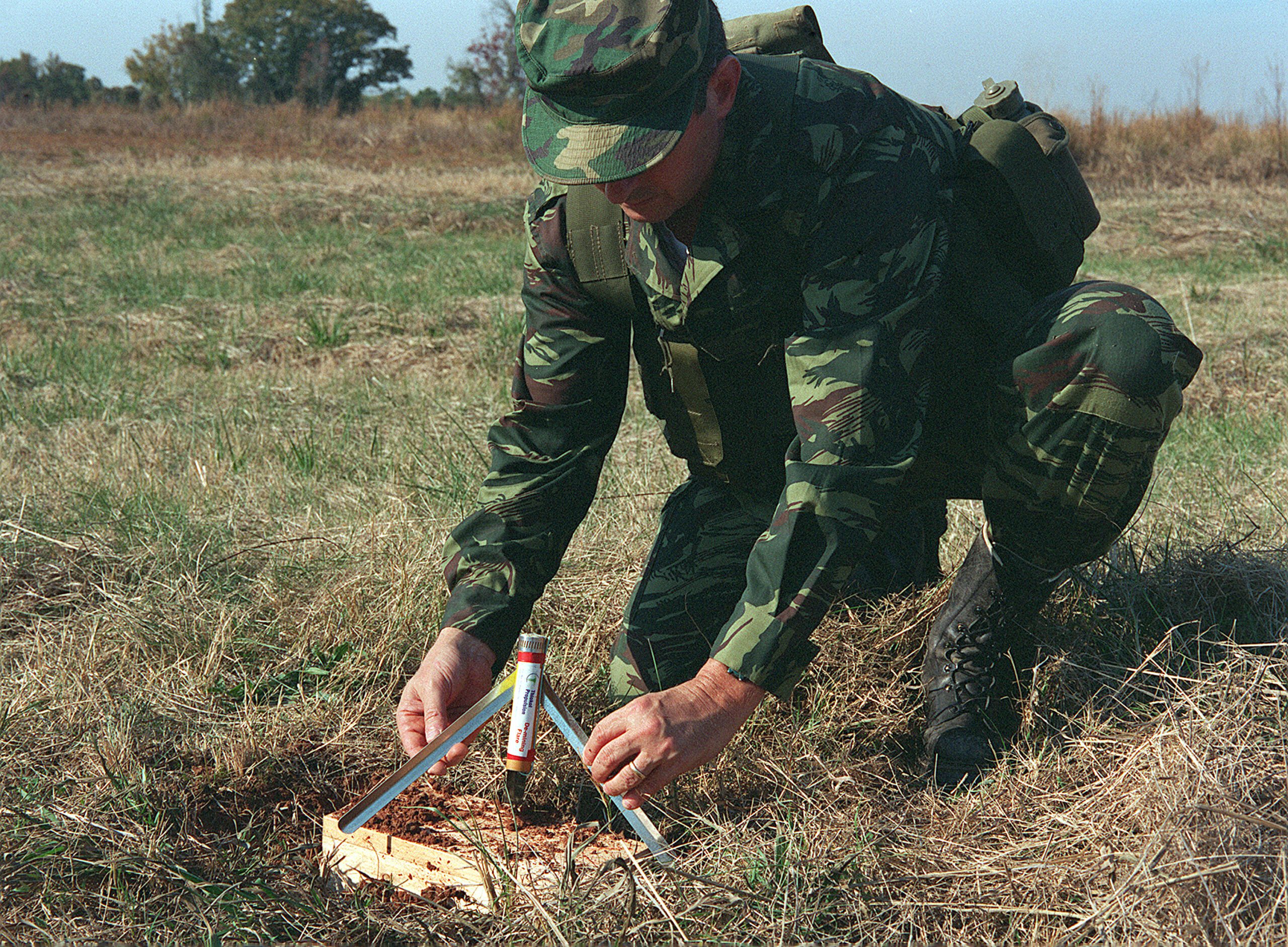
Nations throughout the world have a need for low-cost, easy to use demining devices to disarm the millions of landmines deployed in widely scattered locations. Though it is possible to render landmines safe through remote detonation or behind armored plating, these methods are expensive and difficult. The Navy and DE Technologies Inc. theorized that landmines…
Precision Global Positioning System (GPS) Software
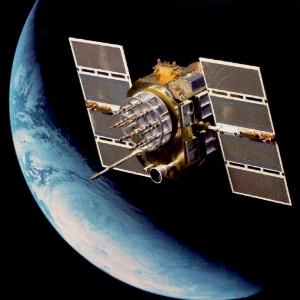
In 1985 NASA’s Jet Propulsion Laboratory (JPL) began developing software to determine satellite orbits with pinpoint accuracy. This work led to the development of a sophisticated system that incorporates special GPS algorithms and now uses the Internet to deliver information enabling real-time positioning accurate to a few inches anywhere in the world for terrestrial users…
iRobot PackBot Tactical Mobile Robot
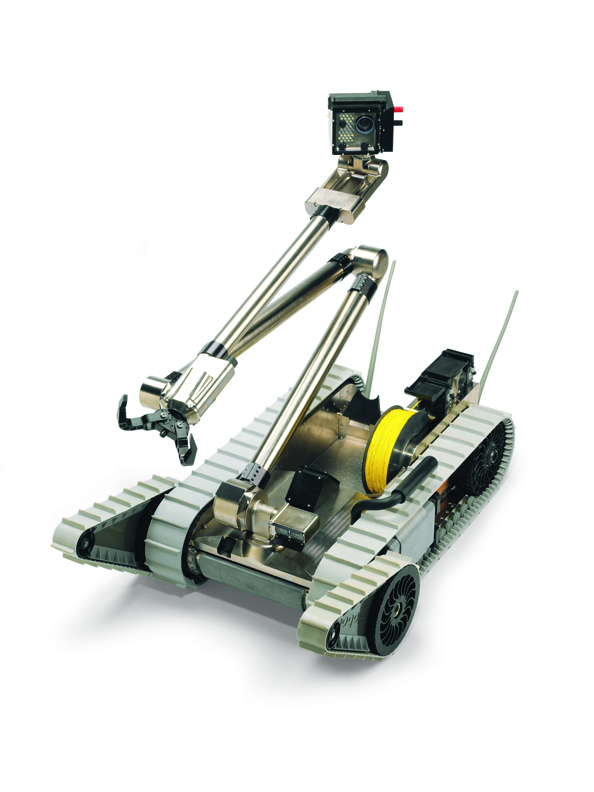
Used in high-risk law enforcement and security operations the PackBot Tactical Mobile Robot incorporates technology originally developed for an early model Martian rover named Rocky-7. Rocky-7 served as a test bed for the twin rovers Spirit and Opportunity now on Mars. The transferred technologies include high-torque control actuators, a high-strength lightweight frame, and riveted sheet-metal…
Early Fire and Smoke Detection System – FireWatch
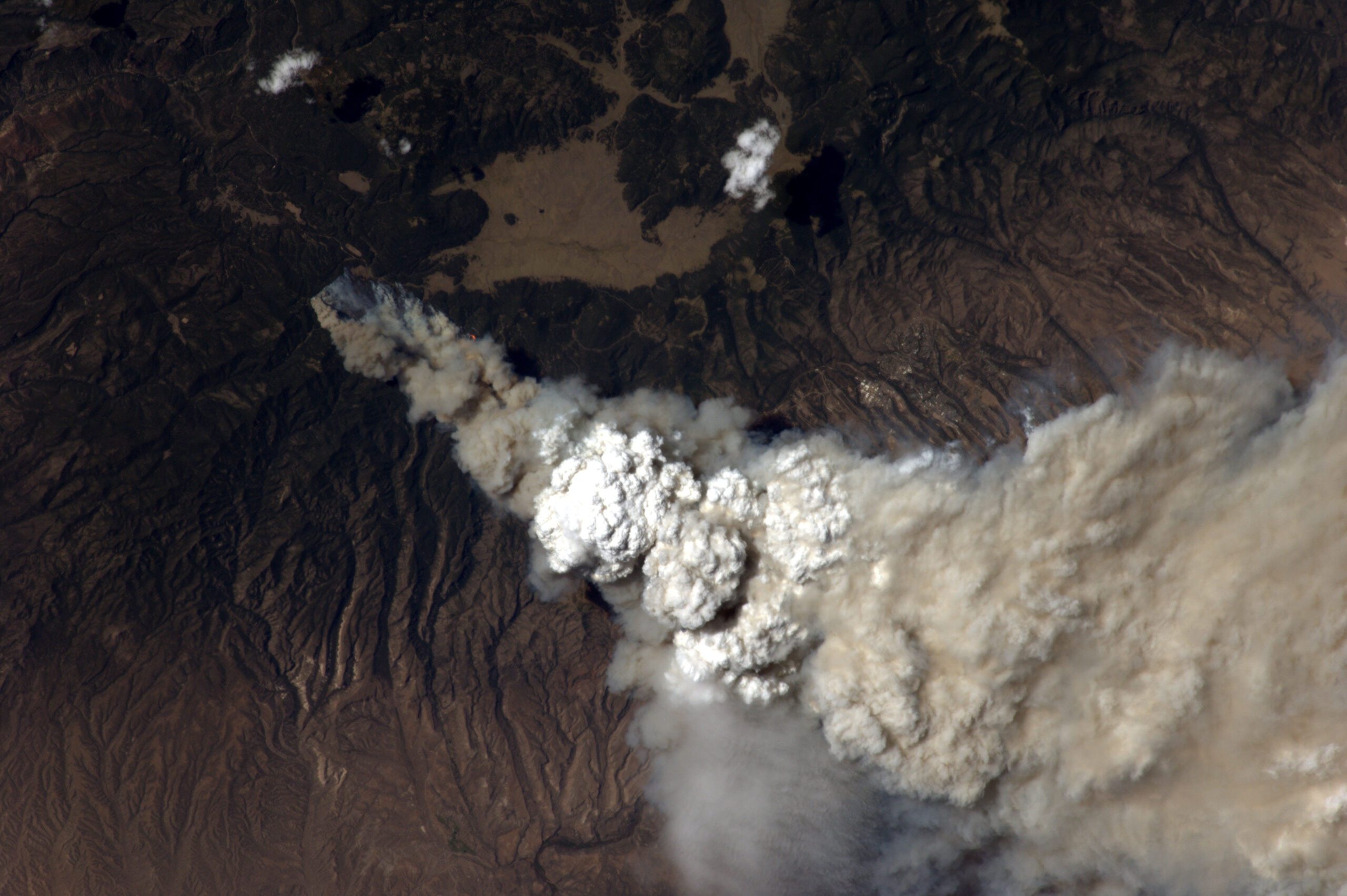
DLR and the private firm IQ Wireless took technology developed by DLR to analyze gases and particles in space and created a terrestrial detection tool known as FireWatch that uses high-resolution optical sensors installed on towers or masts that connect to a remote central office to monitor forests and detect potential fires. With sensors that…
Satellite Based Search-and-Rescue
In 1979, four countries came together to develop global approach to satellite based search-and-rescue. The United States, France, Canada and the Soviet Union agreed to jointly develop a worldwide system. By 1985, that global system known as Cospas-Sarsat was fully operational. Since its inception, this satellite based system has rescued more than 32,000 people. The…
